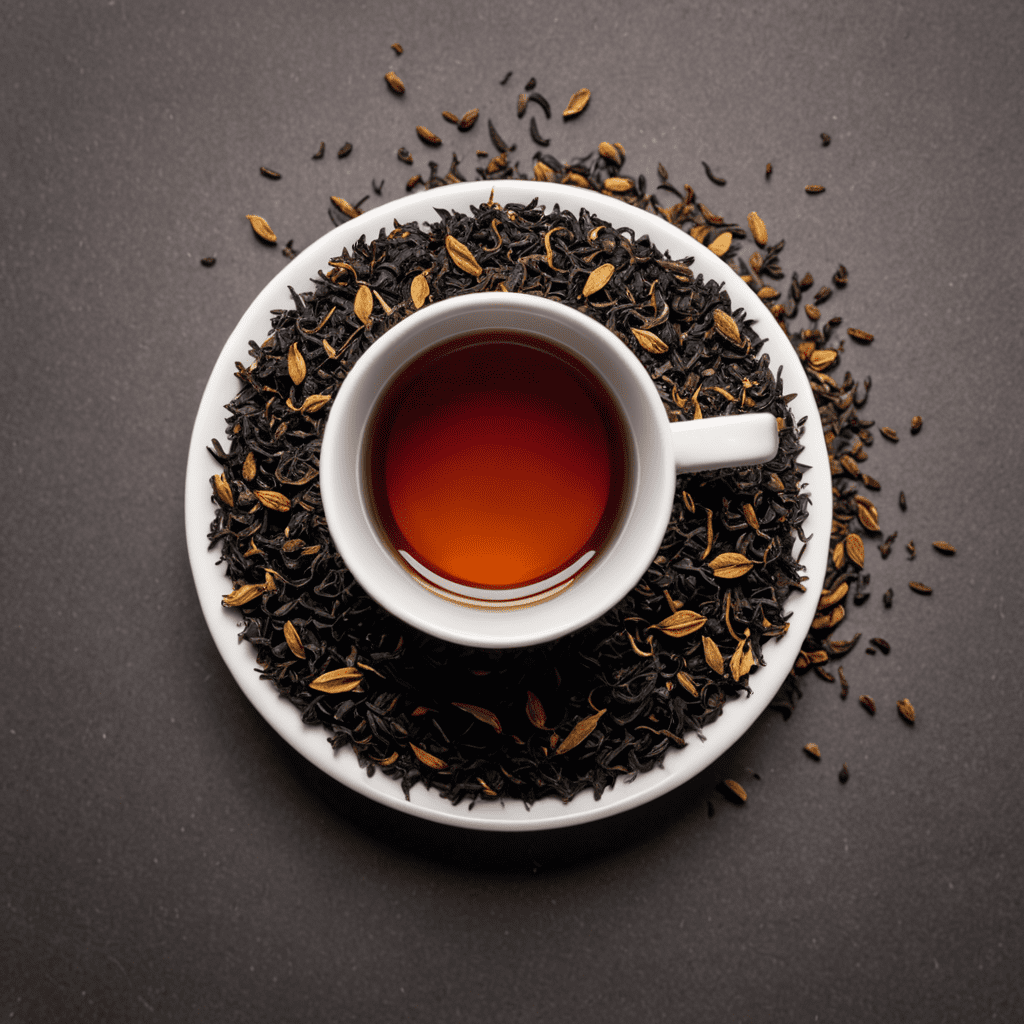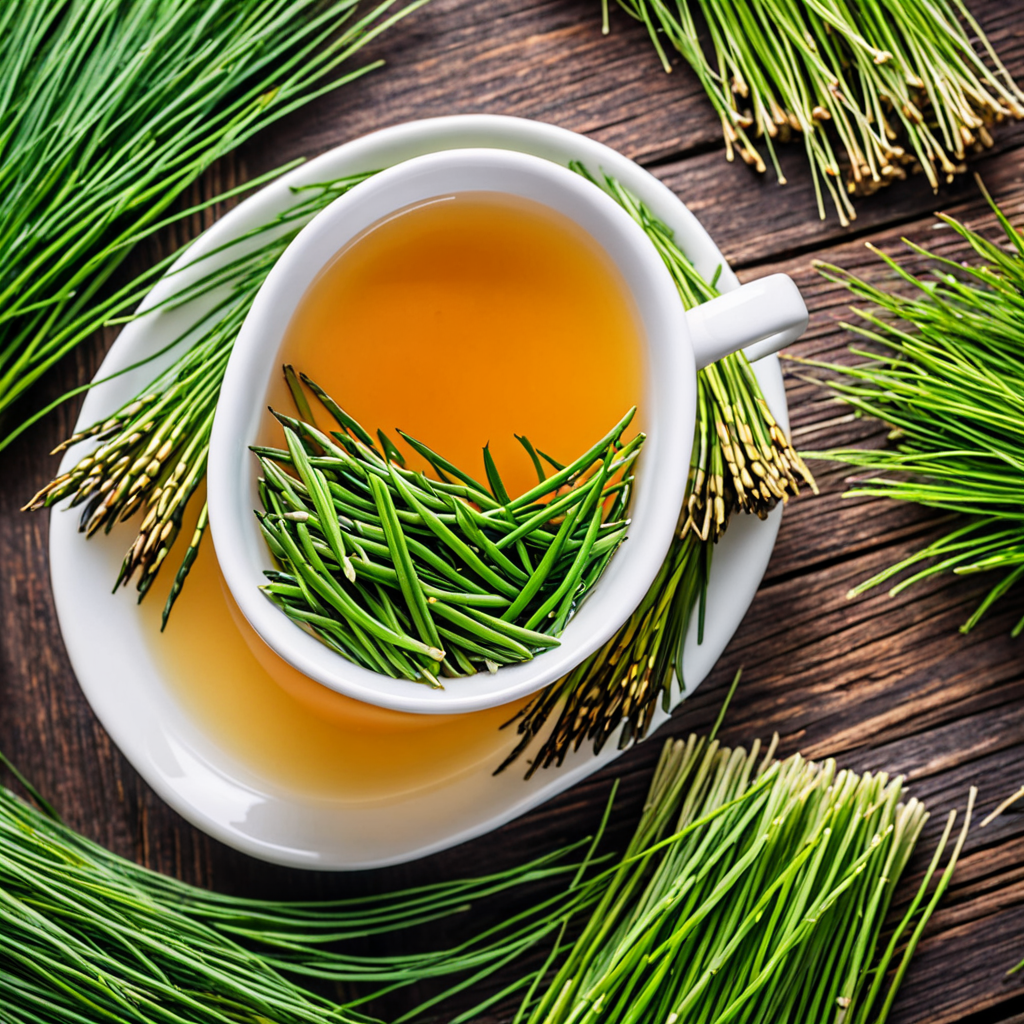1. Introduction: The Rich History of Ceylon Tea
Ceylon tea, renowned globally for its exquisite aroma and captivating flavors, holds a prominent place in the tapestry of Sri Lanka's cultural heritage. The country's tea industry has woven itself into the very fabric of its history, shaping its economic and societal landscape. The origins of Ceylon tea can be traced back to the mid-19th century when British colonists introduced tea plants to the island's fertile soils. Since then, tea cultivation has flourished in Sri Lanka, becoming an integral part of its economic foundation and a source of national pride.
2. Tea Cultivation in Sri Lanka: An Enduring Legacy
The success of Ceylon tea lies in the ideal growing conditions found in Sri Lanka. The island's mountainous terrain, abundant rainfall, and tropical climate provide the perfect environment for tea bushes to thrive. Tea estates are predominantly located in the central highlands, where skilled tea planters meticulously tend to their crops, ensuring optimal growth and quality. The lush green tea plantations, carpeted across the rolling hills, have become synonymous with the serene beauty of the Sri Lankan countryside. The enduring legacy of tea cultivation has not only shaped the island's economy but has also left an indelible mark on its social and cultural fabric.
3. The Unique Terroir and Tea Varieties
Ceylon tea is celebrated for its distinct terroir, reflecting the specific geographical conditions where it is grown. The diverse microclimates across Sri Lanka's tea-growing regions give rise to a range of unique tea varieties, each boasting its own distinctive character. These range from the bold and robust teas of the Uva region to the delicate and nuanced teas of Nuwara Eliya, known as the "Champagne of Teas." The varying altitudes, temperatures, and rainfall patterns play a pivotal role in shaping the flavor profiles of each tea variety, offering a wide spectrum of tastes and aromas for tea enthusiasts to savor.
4. The Elaborate Tea Production Process
The production of Ceylon tea is an intricate art form, steeped in tradition and expertise. After careful harvesting, the tea leaves undergo a series of meticulous processes to transform them into the aromatic beverage enjoyed worldwide. The leaves are withered to reduce moisture, then rolled to release their essential oils. The subsequent oxidation or fermentation stage determines the type of tea being produced, whether black, green, or oolong. Finally, the leaves are carefully dried to halt oxidation and enhance their flavors. Each step in the tea production process is meticulously controlled, ensuring the preservation of Ceylon tea's distinctive characteristics.
5. Cultural Significance: Tea as a Way of Life
For the people of Sri Lanka, tea is more than just a beverage; it is an integral part of their cultural identity. The elaborate tea ceremony, known as "taking tea," holds a special place in Sri Lankan society, providing an opportunity for family, friends, and guests to connect and socialize. Tea is served freshly brewed in elegant chinaware, often accompanied by sweet and savory treats. The leisurely pace and convivial atmosphere of the tea ceremony reflect the deep-rooted appreciation for the finer things in life that is so characteristic of Sri Lankan culture.
6. Economic Importance: A Pillar of the Sri Lankan Economy
The Ceylon tea industry is a vital contributor to the Sri Lankan economy, accounting for a significant portion of its exports and foreign exchange earnings. Tea production provides employment to over a million people, directly and indirectly, making it one of the country's largest employers. The tea industry also has a multiplier effect on other sectors of the economy, such as transportation, logistics, packaging, and tourism. The revenue generated from tea exports plays a crucial role in supporting Sri Lanka's economic development and infrastructure.
7. Tea Tourism: Exploring the Tea Lands
Sri Lanka's lush tea estates offer a captivating experience for tea enthusiasts and tourists alike. Visitors can embark on organized tours of these sprawling plantations, witnessing firsthand the cultivation and production processes of Ceylon tea. Many estates also provide immersive experiences, such as tea tasting sessions, where visitors can sample the diverse range of teas produced in the region. The scenic beauty of the tea-growing areas, nestled amidst rolling hills and verdant landscapes, makes tea tourism a delightful and educational adventure.
8. Global Recognition: The Reputation of Ceylon Tea
Ceylon tea has gained international acclaim for its superior quality and distinctive flavors. It is exported to markets around the world, where it is highly sought after by discerning tea lovers. The tea's unique characteristics have earned it numerous awards and accolades at prestigious international tea competitions. The global recognition of Ceylon tea has contributed to the establishment of a strong brand identity, synonymous with excellence and sophistication.
9. Sustainable Practices: Preserving the Future of Tea
The sustainability of the Ceylon tea industry is paramount for its long-term success. Many tea estates in Sri Lanka have adopted ethical and sustainable practices to minimize their environmental impact. These practices include soil conservation techniques, efficient water management, and organic farming methods. The use of renewable energy sources and responsible waste disposal are also gaining increasing importance. By embracing sustainability, the Ceylon tea industry aims to preserve its precious ecosystems and ensure the future prosperity of the industry for generations to come.
10. Conclusion: Ceylon Tea as a Symbol of Sri Lankan Heritage
Ceylon tea has become an iconic symbol of Sri Lanka, embodying the country's history, culture, and economy. From its humble origins to its global recognition, the Ceylon tea industry has played a pivotal role in shaping the identity of this beautiful island nation. The exquisite flavors and aromas of Ceylon tea not only delight the senses but also evoke a sense of connection to the rich and storied heritage of Sri Lanka. As the world continues to savor the delights of this exceptional tea, the legacy of Ceylon tea will endure as a symbol of Sri Lankan excellence and pride.
FAQ
What are the main tea-growing regions in Sri Lanka?
Sri Lanka's main tea-growing regions are the Western Highlands, Central Highlands, Uva, Sabaragamuwa, and Northern and Eastern Lowlands.
What is the difference between black, green, and oolong tea?
Black tea undergoes full oxidation, green tea is unoxidized, and oolong tea is partially oxidized.
Why is Ceylon tea so popular?
Ceylon tea is popular for its distinctive flavors, aromas, and high quality, which result from its unique terroir and carefully controlled production process.
Is Ceylon tea organic?
Many Ceylon tea estates have adopted sustainable and organic farming practices, but not all Ceylon tea is organic.
Where can I buy Ceylon tea?
Ceylon tea can be purchased in specialty tea shops, online retailers, and some supermarkets worldwide.


